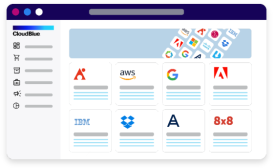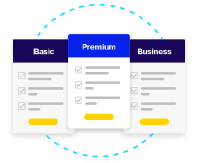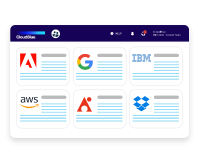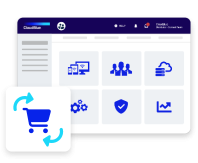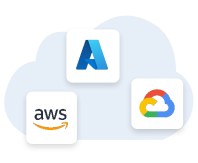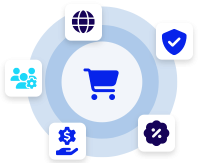Cost-plus pricing is a straightforward pricing model where the price of a product or service is determined by adding a fixed markup to its total production cost.
This method provides a simple and transparent way to calculate prices, ensuring that businesses cover their costs while achieving a desired profit margin. In the SaaS industry, this approach helps companies establish pricing that reflects the resources invested in developing, maintaining, and delivering software.
The meaning of cost-plus pricing lies in its simplicity—it doesn’t require deep market analysis or competitor evaluation. Instead, it focuses on internal factors like production costs and profit goals. This makes it an appealing strategy for businesses seeking consistency and predictability in pricing.
How Cost-plus Pricing Works
At its core, cost-plus pricing relies on a basic formula: Total Cost + Markup = Selling Price. The total cost includes all expenses incurred to produce and deliver the product, such as development, hosting, customer support, and other operational costs. Once these are calculated, a percentage-based markup is added to determine the final price.
For example, if a SaaS company has a total cost of $100 per subscription and applies a 30% markup, the selling price would be $130. This cost-based approach ensures the company covers expenses while earning a profit.
While the formula is simple, businesses should carefully consider the markup percentage. Too low, and the company risks insufficient revenue. Too high, and the pricing may deter potential customers. Balancing these factors is key to a successful cost-plus pricing strategy.
Advantages and Limitations of Cost-plus Pricing
The primary advantage of cost-plus pricing is its simplicity. Businesses can quickly calculate prices using the method without extensive market research. For SaaS companies, it offers predictability, making it easier to project revenue and adjust costs as needed.
However, this approach has limitations. It doesn’t account for external factors like competitor pricing or market demand, which can lead to prices that are out of sync with customer expectations. Additionally, focusing solely on internal costs may overlook the perceived value of the product, especially in highly competitive markets.
Despite these challenges, cost-plus pricing can be effective when used alongside other pricing strategies. By combining its straightforward equation with insights into customer behavior and market trends, SaaS companies can create pricing that works for both their business and their audience.

